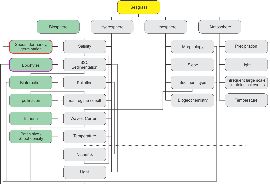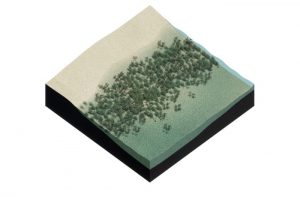Biosphere (all living organisms) – seagrass

Seeds, dormancy, germination: Expansion of (healthy) seagrass beds depends predominantly on lateral clonal growth. In places where seagrass beds are absent, the availability of seeds and the presence of environmental conditions determining dormancy and germination of seeds are important factors determining the suitability of an area for seagrass development.
Epiphytes: Epiphytes are mostly algae growing on seagrass leaves. The most significant effect of a layer of epiphytes on a seagrass leaf is reduced light availability for the seagrass. Epiphyte development is fostered by elevated nutrient concentrations in the water column (eutrophication).
Bioturbation: Bioturbation is the process of sediment reworking by animals living in the sediment. Although bioturbation may have a positive effect on aeration of the sediment, disturbance of (large amounts) of sediment may cause burial, and subsequent mortality, of seagrasses.
Pollination: Pollination is important for long-term seagrass persistence (genetic diversity), but is not a key factor for short-term development. It is a natural part of a healthy seagrass bed.
Infauna: Fauna inhabiting sediments compete for space with seagrasses. Below ground development of seagrass beds may be limited by the presence of (large amounts) of infauna and vice versa.
Patch size and shoot density: Seagrass patch size and shoot density are important factors determining the functioning of seagrass beds as sediment capturing and stabilising systems. A minimum patch size and shoot density is required for the positive bio-physical feedback mechanisms that contribute to coastal stability.

